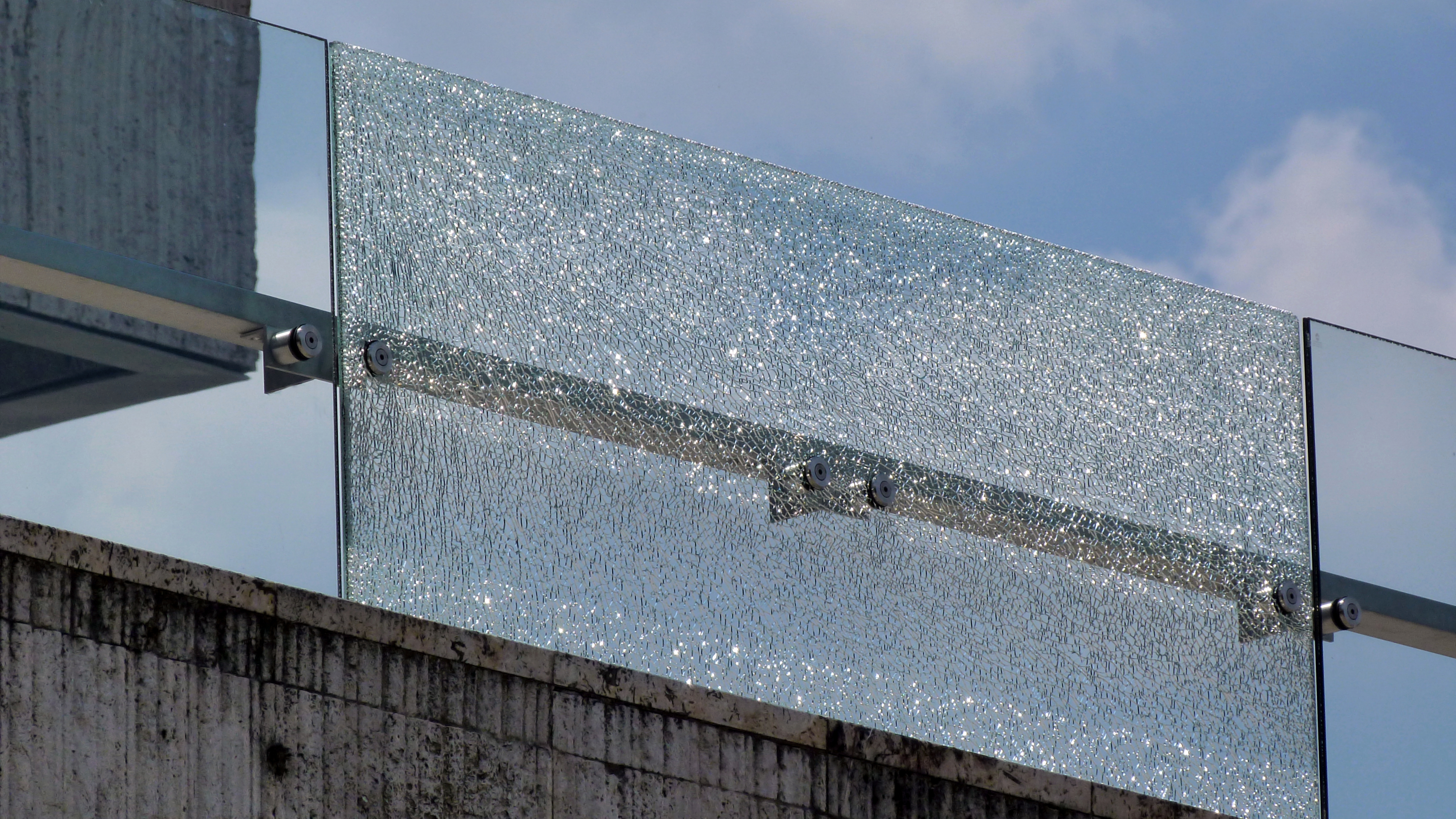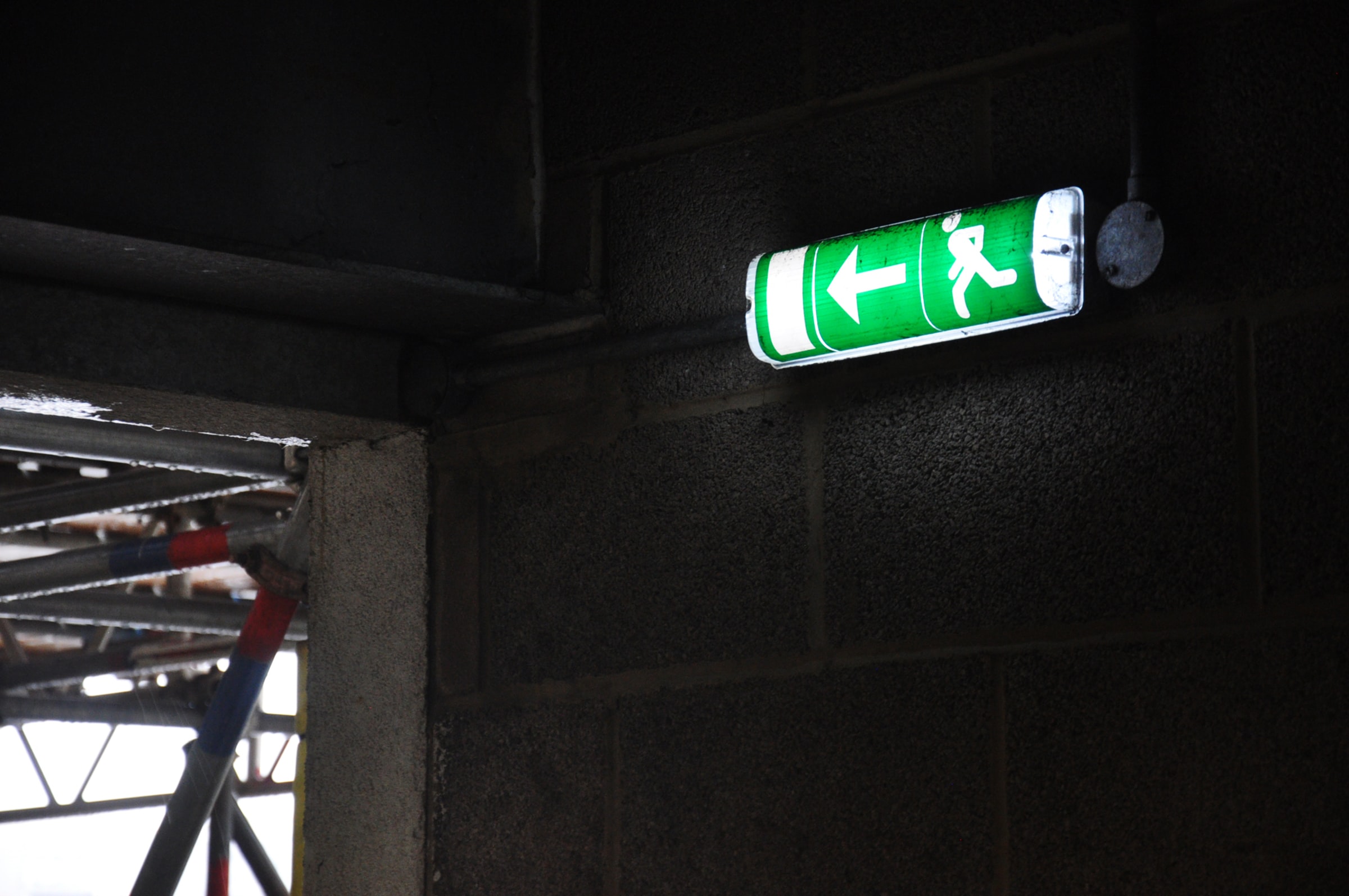
In an ever-changing sector, building and residential surveyors need to keep abreast of developments in building safety. This is particularly relevant in light of the Building Safety Bill progressing through Parliament at time of writing.
BSI Flex 8670 v3.0: 2021 defines building safety as a 'matter relevant to protecting the safety of people from risk in and around buildings (including but not limited to fire safety, structural safety, public health, and public safety) and pertaining to the specification, design, manufacture, procurement, construction, inspection, assessment, management, operation, maintenance, refurbishment and demolition of buildings'.
As a result, it can cover all of the following areas.
ACMs: not to be confused with asbestos-containing materials, which are also abbreviated as ACMs, aluminium composite materials (ACMs) are primarily used to clad residential and other buildings. However, they often contain a polyethylene core filler, which is highly flammable. Surveyors need to be aware of how to identify ACMs, as well as how they may affect valuation. Candidates should consult the current edition of Valuation of properties in multi-storey, multi-occupancy residential buildings with cladding guidance note, and also Cladding for surveyors: Supplementary information paper.
Building Safety Bill: following the Grenfell Tower fire, this bill aims to strengthen building safety regulation. This includes the establishment of a Building Safety Regulator, a new regulatory framework for high-risk buildings, and amendments to the Building Act 1984. It is still proceeding through Parliament and being amended at time of writing, so ensure that your information on it is up to date.
Compartmentation: this term describes the way a building is divided into smaller spaces using fire-resistant materials to control the spread of fire. Surveyors should be able to recognise where compartmentation is breached and advise clients accordingly. Surveyors should also be aware of active fire protection (detecting and stopping fire) and passive fire protection (containing and stopping fire spreading further).
Damp: Damp in buildings can have a significant impact on the structural integrity of the building, if not addressed in a timely manner. This can lead to structural decay and rot, e.g., to timbers, which can promote the passage of fire through a building and reduce the resilience of the building in the event if a fire. Surveyors should have a clear understanding of how to diagnose damp, following BRE Expert Collection 7 Condensation and Dampness.
'Surveyors should be able to recognise where compartmentation is breached and advise clients accordingly'
EWS1: an external wall system (EWS) comprises the cladding, insulation and fire-break systems on the outside of a building. An EWS1 form allows building owners to confirm that the EWS has been assessed for safety by a competent person. The current edition of Valuation of properties in multi-storey, multi-occupancy residential buildings with cladding, RICS guidance note, specifies when EWS1 forms are required.
Fire spread: the spread of fire throughout buildings and to adjoining properties needs to be prevented. This includes avoiding convection, conduction, radiation and direct contact. Part B of the Building Regulations in England and Wales specifically addresses the external and internal spread of fire in a building resulting from the structure or linings used in its construction.
Glass: a key component in the construction of many buildings, glass can when broken present a safety issue. Safety glass, dealt with under Part N of the Building Regulations, comes in different forms, including toughened, laminated, and reinforced glass, which can also be fire-resistant.
Hazards: a hazard is something that cause harm, e.g., a trip hazard or materials stored in front of a fire exit, and which should be subject to a risk assessment to eliminate or mitigate this danger. Surveyors should follow the requirements set out in the current edition of Surveying safely, RICS guidance note, to ensure that risk assessments take place before inspecting properties. Dynamic risk assessment should be carried out on site to identify any unforeseen hazards.
Intumescent strip: this is fixed around a door-frame or door and chemically expands when exposed to fire to provide extra protection within buildings. A smoke strip can also be built into an intumescent strip, and this helps to prevent smoke penetrating the entire building in the event of a fire.
Japanese knotweed: this is a bamboo-like plant that has caused concern in the residential property sector, mainly because of its invasiveness and destructive qualities. The risk it poses to the structure of buildings has been researched and explained in Japanese knotweed and residential property, RICS guidance note. The document also advises surveyors on how to report Japanese knotweed identified during inspections.
Part K: Part K of the Building Regulations relates to protection from falling, collision and impact, all key issues in building safety. It deals with matters including the design of staircases, ladders, ramps, guarding and vehicle barriers.
Legal and regulatory compliance: surveyors are expected to have a good understanding of the legal and regulatory requirements for the areas in which they work. Key examples on building safety include the Regulatory Reform (Fire Safety) Order 2005 and the Fire Safety Act 2021.
Maintenance: to ensure buildings remain in a good state of repair, there should be regular planned maintenance. Reactive and emergency repairs should also be made to avoid safety issues or structural damage. Surveyors should be aware of the current edition of Planned preventative maintenance of commercial and residential property, RICS guidance note.

Non-combustibility: since the Grenfell Tower fire, there has been scrutiny of materials used in buildings, including timber decking on balconies. Combustibility is split by BS EN 13501-1 into seven categories; A1 (non-combustible), A2 (limited combustibility), B, C, D, E and F (all combustable). If such balconies are stacked above each other and close to neighbouring properties, the risk of fire spread increases. There has now been a shift to using aluminium decking boards, which are A2–s1 d0-rated. These are of limited combustibility, do not warp like timber and are long-lasting.
Part O: this new addition to the Building Regulations relates to requirements to mitigate overheating in new buildings. Areas of England are split into moderate- and high-risk areas, with a simplified compliance route based on minimising solar gain and preventing excess heat production.
PAS 9980:2022: this provides guidance for the fire risk assessment of external wall construction and cladding of multi occupied residential buildings. It includes a five-step process and classifies buildings into low, medium and high risk outcomes.
Quantity of hazardous materials: under the Dangerous Substances and Explosive Atmospheres Regulations 2002, some tasks and process need to use a store for flammable or combustible materials. In these circumstances, the dutyholder (employer) should, as part of their risk assessment, justify the need to store a particular quantity of any given material. The Health and Safety Executive recommends 'that the maximum quantities that may be stored in cabinets and bins are no more than 50 litres for extremely [or] highly flammable [liquids] and those … with a flashpoint below the maximum ambient temperature of the workroom/working area; and no more than 250 litres for other flammable liquids with a higher flashpoint of up to 55C'.
RICS International Building Operation Standard (IBOS): this is a framework for measuring holistically how a building performs informed by data. This can improve building safety, users' well-being and experience, environmental, social and governance, and sustainability. The five pillars of IBOS are compliance, sustainability, economic, performance and function.
Smoking: along with the reduction in the use of deep fat fryers, the decrease in the number of people smoking has led to a decline in building fires. This has also been promoted by the Smoke-free (Premises and Enforcement) Regulations 2006 in England, which prohibited smoking in public spaces and workplaces. However, where external public ashtrays are provided on a building there is still a risk, particularly if these are also incorrectly used for general waste disposal.
The (golden) thread: under the Building Safety Bill, a golden thread of information is required to understand a building and keep its and its users safe. Some of the key principles of the golden thread include accountability, security, consistency and accessibility.
Unprotected areas: Approved Document B of the Building Regulations defines unprotected areas of buildings as those that have less than the relevant level of fire resistance. These are permitted in a structure so long as the total area and location conforms with the guidance in the Approved Document.
Ventilation: residential properties have recently received adverse publicity about severe damp and mould. Although repairs may be required, inadequate ventilation is often a key factor. Newer buildings also suffer from overheating due to factors such as unlagged pipework, lack of ventilation and internal heat gains. BRE Guidance on overheating in dwellings advises surveyors on heat loss and ventilation requirements.
Windows: for upper storeys of dwelling-houses of 4.5m or lower, windows are considered a suitable means of final escape. For properties above that height, a protected stairway must be provided.
'Some of the key principles of the golden thread include accountability, security, consistency and accessibility'
eXpert: in all matters of fire safety, it is important to seek the advice of relevant experts if in doubt. RICS members should only act within their scope of competence, in accordance with the Rules of Conduct.
Yard: Approved Document B requires that where an escape route has to pass through, or leads to, a yard or other enclosed outside space, then the length of that space should be more then height of the building. Where such a yard is the place of ultimate refuge, then it must be large enough for all occupants to disperse to a safe distance.
Zinc and other metal composite materials: although much attention following the Grenfell Tower fire was paid to ACMs, concerns have also been raised about similar product, such as metal composite materials (MCMs) including zinc composite materials (ZCMs). As with ACMs, surveyors need to be aware of how to identify MCMs and how they may affect valuation.
Jen Lemen FRICS is co-founder of Property Elite
Contact Jen: Email
Lysa Nicely is a building surveyor and an APC candidate
Contact Lysa: LinkedIn
Tim Kenny AssocRICS is a residential surveyor, owner of Tim Kenny Surveying and Sava trainer
Contact Tim: Email
Related competencies include: Health and safety, Legal and regulatory compliance, Property management

